Do you want to wear screens on your eyes?
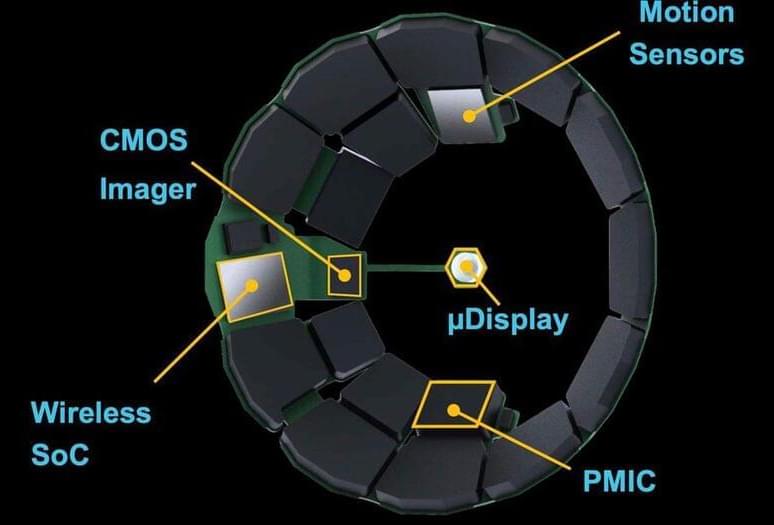

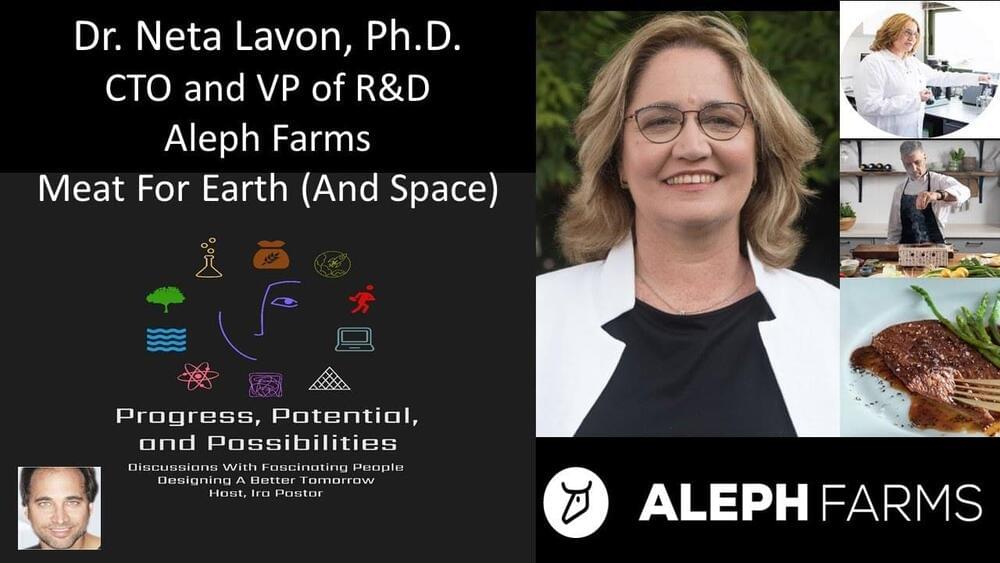
Novel Cultivated Meats For Earth (And Space!) — Dr. Neta Lavon Ph.D., CTO / VP of R&D, Aleph Farms.
Dr. Neta Lavon is the Chief Technology Officer (CTO) and Vice President of R&D at Aleph Farms (https://www.aleph-farms.com/), a cultivated meat company that is shaping the future of food by growing high-quality, slaughter-free beef steaks directly from cow cells, preserving natural resources, and avoiding the use of antibiotics.
Dr. Lavon is an expert in stem cell applications in biotechnology. In her previous position as the COO of Kadimastem (KDST), she developed cell therapy products from stem cells for ALS and Diabetes.
As a researcher in Cedars-Sinai in Los Angeles, USA, Dr. Lavon established and banked 25 novel pluripotent stem cell lines.
Dr. Lavon holds a PhD, an M.Sc. in Biotechnology and B.Sc. in Food Sciences from the Hebrew University, Israel.

The ‘Joker’ virus hides in several apps on the Google Play Store and the user does not realize it until their bank accounts are emptied. See how this malware operates and what are the dangerous applications.
In September 2,020 the ’Joker’ virus was found in 24 Android applications that registered more than 500 thousand downloads before being removed. It is estimated that that time it affected more than 30 countries including the United States, Brazil and Spain. Through unauthorized subscriptions, hackers could steal up to $7 (about 140 Mexican pesos) per subscription weekly, a figure that has most likely increased in recent months.
How does the Joker virus work in Android apps?
The ’Joker’ Trojan virus belongs to a family of malware known as Bread 0 whose objective is to hack cell phone bills and authorize operations without the user’s consent.
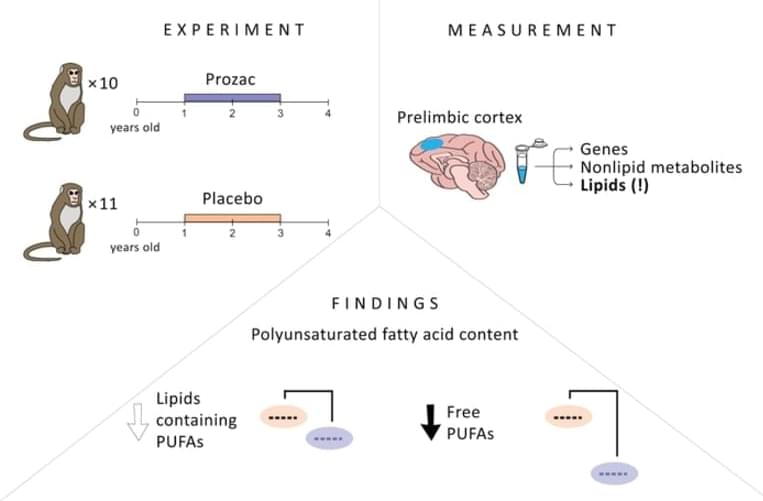
Lipids are abundant in the brain, where they are found not just in the cell membranes of neurons, whose properties they modulate, but also in the so-called myelin sheaths insulating axons — the brain’s ‘wiring.’ The brain is therefore a surprisingly ‘fat’ organ — in fact, it is nearly 60% fat, the study’s first author, Anna Tkachev from Skoltech, said.
Summary: Prozac reduced polyunsaturated fatty acid lipid concentrations in the brains of juvenile macaque monkeys.
Source: Skoltech
Skoltech researchers and their colleagues from Russia, Germany, and the U.S. have found Prozac to reduce lipid concentrations in juvenile macaques who received the antidepressant for two years, compared to a control group of untreated animals.
While none of the monkeys in the study were depressed, the findings still offer a plausible biochemical explanation for the drug’s side effects, particularly in young patients. The paper was published in the International Journal of Molecular Sciences.
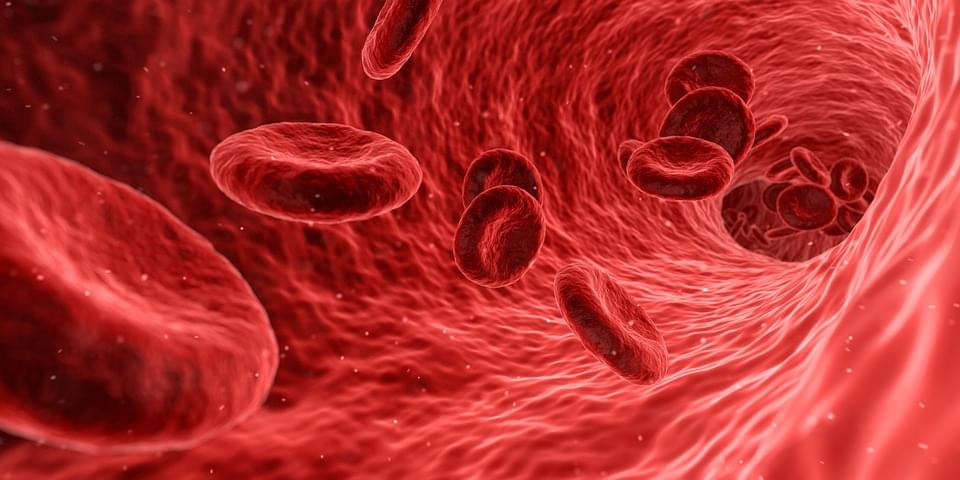
A team at Penn’s medical school discovered that an epigenetic regulatory protein called ZMYND8 governs the expression of genes that are critical for the growth and survival of AML cells. Inhibiting ZMYND8 in mouse models shrank tumors. The researchers also found a biomarker that they believe could predict which patients are likely to respond to ZMYND8 inhibition, they reported in the journal Molecular Cell.
AML is one of the hardest leukemias to treat, with a five-year survival rate of about 27% in adults. The Penn team had been searching for precision medicine approaches that could improve the prognosis for adults with AML, and they turned to CRISPR for help.
ZMYND8 is known as a “histone reader” in cancer that can recognize epigenetic changes and influence gene expression involved in metastasis.

What we’ll soon see is the ultimate self-directed evolution fueled forward by gene editing, genetic engineering, reproduction assisted technology, neuro-engineering, mind uploading and creation of artificial life. Our success as a technological species essentially created what might be called our species-specific “success formula.” We devised tools and instruments, created new methodologies and processes, and readjusted ecological niches to suit our needs. And our technology shaped us back by shaping our minds. In a very real sense, we have co-evolved with our technology. As an animal species among many other species competing for survival, this was our unique passage to success.
#TECHNOCULTURE : #TheRiseofMan #CyberneticTheoryofMind
Technology has always been a “double-edged sword” since fire, which has kept us warm and cooked our food but also burned down our huts. Today, we surely enjoy the fruits of modern civilization when we fly halfway around the globe on an airbus, when we extend our mental functionality with a whole array of Internet-enabled devices, when our cities and dwellings become icons of technological sophistication.

Innovation in the amino-sciences for health, wellness, and aging — dr. tia rains phd, VP customer engagement & strategic development, ajinomoto.
Dr. Tia Rains, Ph.D., is Vice President of Customer Engagement & Strategic Development at Ajinomoto Health & Nutrition North America, Inc. (https://www.ajihealthandnutrition.com/), a division of Japanese food and biotechnology Ajinomoto Corporation (https://www.ajinomoto.com/), which produces seasonings, cooking oils, frozen foods, beverage, sweeteners, amino acids, and pharmaceuticals.
Dr. Rains has over 20 years of experience working on health and wellness initiatives within the food and beverage sector, and enjoys working at the intersection of nutrition research and communications, with the goal of advancing credible research in nutrition and developing truthful messaging on new research results in the context of the body of nutrition evidence.
Dr. Rains most recently headed up the Egg Nutrition Center (ENC) as it’s Executive Director.
Prior to joining ENC, Dr. Rains was the Senior Director of Metabolic Sciences at Biofortis Clinical Research, a global contract research organization specializing in the design and conduct of clinical research for leading food, beverage, and supplement companies around the world.
Prior to that, Dr. Rains held several positions within the Research & Development department of Kraft Foods, including roles in nutrition research and product development.
Dr. Rains holds a BS in Food Science & Human Nutrition from Arizona State University, and a Ph.D. in Nutritional Sciences from University of Illinois. She has authored more than 40 scientific articles and book chapters and is a frequent public speaker at universities, health professional meetings, and industry events.

THE personal records of 38million people were accidentally leaked on the open internet due to a flaw in more than a thousand Microsoft web apps, according to reports.
American Airlines, Ford, J.B. Hunt, the Maryland Department of Health, the New York City Municipal Transportation Authority, and New York City public schools were among the companies and organizations affected by the mistake.
The data mistakenly shared online included information from a number of Covid-19 contact tracing platforms, vaccination sign-ups, job application portals, and employee databases, according to Wired.
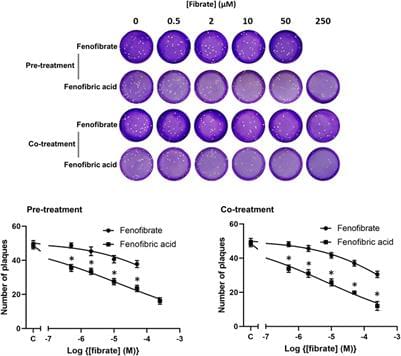
The severe acute respiratory syndrome coronavirus-2 (SARS-CoV-2) pandemic has caused a significant number of fatalities and worldwide disruption. To identify drugs to repurpose to treat SARS-CoV-2 infections, we established a screen to measure the dimerization of angiotensin-converting enzyme 2 (ACE2), the primary receptor for the virus. This screen identified fenofibric acid, the active metabolite of fenofibrate. Fenofibric acid also destabilized the receptor-binding domain (RBD) of the viral spike protein and inhibited RBD binding to ACE2 in enzyme-linked immunosorbent assay (ELISA) and whole cell-binding assays. Fenofibrate and fenofibric acid were tested by two independent laboratories measuring infection of cultured Vero cells using two different SARS-CoV-2 isolates. In both settings at drug concentrations, which are clinically achievable, fenofibrate and fenofibric acid reduced viral infection by up to 70%. Together with its extensive history of clinical use and its relatively good safety profile, this study identifies fenofibrate as a potential therapeutic agent requiring an urgent clinical evaluation to treat SARS-CoV-2 infection.
Severe acute respiratory syndrome coronavirus-2 (SARS-CoV-2) is responsible for a pandemic, which has cost over 1.9 million lives worldwide so far (Dhama et al., 2020; World Health Organization, 2020; Wu et al., 2020). The emergence of new virus variants with higher transmissibility rates is seeing rapid increases in infection rates and deaths across the world. Several vaccines have undergone accelerated approval and are being rolled out worldwide (Baden et al., 2021; Voysey et al., 2021). While the clinical data are very promising, the vaccines are not recommended or suitable in all patient groups, e.g., children, those with hyperimmune disorders, and those using immunosuppressants (Meo et al., 2021), and with the global spread of viral variants of concern, e.g., Alpha-B.1.1.7, Beta-B.1.351, Gamma-P.1, and Delta-B.1.617.2, it is presently unclear whether the current vaccines will offer sufficient protection to emerging strains (Meo et al., 2021).

Drug delivery technologies have enabled the development of many pharmaceutical products that improve patient health by enhancing the delivery of a therapeutic to its target site, minimizing off-target accumulation and facilitating patient compliance. As therapeutic modalities expanded beyond small molecules to include nucleic acids, peptides, proteins and antibodies, drug delivery technologies were adapted to address the challenges that emerged. In this Review Article, we discuss seminal approaches that led to the development of successful therapeutic products involving small molecules and macromolecules, identify three drug delivery paradigms that form the basis of contemporary drug delivery and discuss how they have aided the initial clinical successes of each class of therapeutic. We also outline how the paradigms will contribute to the delivery of live-cell therapies.
This Review Article discusses how delivery challenges associated with small molecules, nucleic acids, peptides, proteins and cells led to the development of commercial products and are now informing the delivery of live-cell therapeutics.